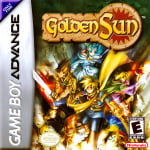
Soapbox features enable our individual writers and contributors to voice their opinions on hot topics and random stuff they've been chewing over. Today, Alana reflects on playing Golden Sun in 2024, and how it allows players to figure things out for themselves rather than relying on tutorials. Warning — minor early game spoilers ahead...
Golden Sun is good – really good. That's not surprising at all to most people, but to me, someone who played it back when it first launched 23 years ago and bounced off of it, it's a bit of a relief.
It's pretty normal for people to not click with classics or beloved favourites, but that doesn't often happen with me and RPGs. At the time, I was bored by the abundance of puzzles and wanted something a bit more epic coming off of the back of Final Fantasy IX on the PlayStation. Luckily, Nintendo Switch Online gave me the chance to right wrongs and revisit Golden Sun for the first time in 23 years. And this time, I finally saw what made it so special to people.
Simplistic on the surface, Golden Sun is packed full of secrets, puzzles, and charm, and it can all be wrapped up in under 20 hours. But what surprised me the most was just how open it felt in 2024. Like some of the best Super NES RPGs, Golden Sun is more than happy to give you a little push and let you experience the world at your leisure. It's all about discovery, observation, and sometimes just talking to the right person at the right time.
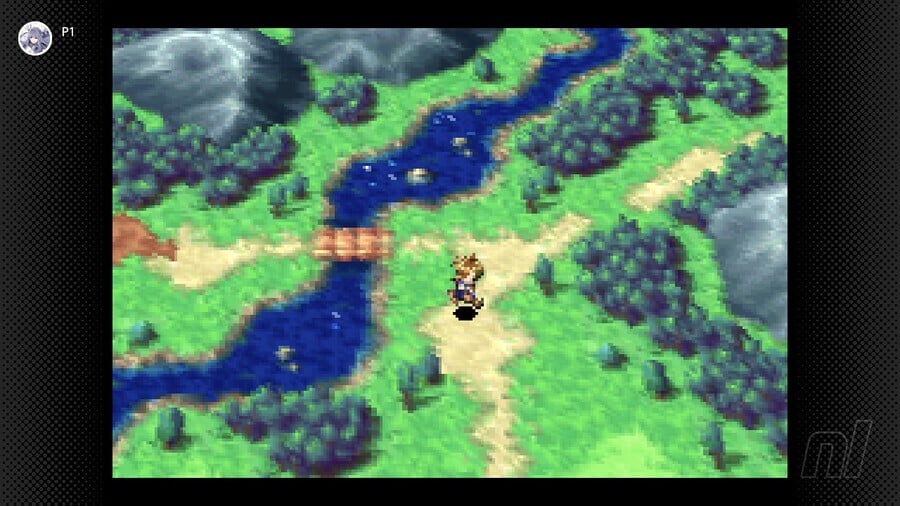
After I made it through the lengthy, very linear opening sequence, the main protagonist Isaac and his childhood friend Garet are thrust onto the world map with a single mission: stop the big bads Saturos and Menardi from unleashing Alchemy onto the world. With no other guidance, I was left to explore the world map, running around, fighting enemies, and looking for anything that might let me progress the story.
Going northeast of Vale, Isaac's hometown, revealed a cavern which had a few strangely-placed puddles of water and a gate that I couldn’t get past through. Next to that cave was the settlement of Lunpa, where guards turned me away. Going south, however, showed me a little cutscene of merchants leaving town. Immediately, I knew I had to enter the town they’d left. Golden Sun is more than happy to let you figure things out for yourself. You’ll get general clues on where to go by talking to NPCs, and occasionally, the narrative will spell out where your eventual destination is, but more often than not, you’ll need to make a stop or two along the way.
This idea of discovering the world and progressing through the story yourself is baked right into every single asset of the game.
Such is the case with Mercury Lighthouse, one of the elemental lighthouses that you find across the world of Weyard. Shortly after you gain your third party member, Ivan, you head to Bilibin, a small town that acts as a sort of crossroads for your journey. From here, you can go northwest to Mercury Lighthouse, but as I found out very quickly, the monsters in that direction are a fair bit tougher than what had come before. I began to doubt myself – is this really the right way to Mercury Lighthouse? But like a good old-fashioned RPG, going back to town and talking to people revealed a different path; east. People were turning into trees, and that’s not good for anyone.
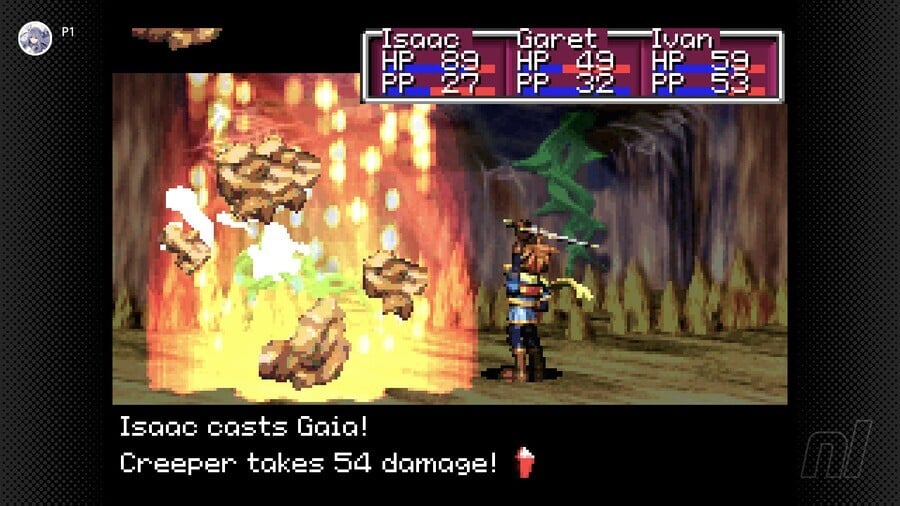
Golden Sun’s very linear opening has a very different feel and pace to the rest of the game – what sets itself up as a slower, on-rails narrative quickly unravels into a sprawling adventure where you have all the time in the world to understand the world, the mechanics, and just where you need to go. How older RPGs flip between 'We must hurry to defeat the evil!' to 'Hang on, I need to go here for reasons' has always been incredibly amusing to me. It’s like when you get your airship in Final Fantasy IV – you should go to Troia to get the Earth Crystal to save Rosa, but you can go somewhere else.
This idea of discovering the world and progressing through the story yourself is baked right into every single asset of the game. Psynergy, this game's version of magic, is crucial to the plot and the world, but it’s also essential to the gameplay, and it’s how you get around the world and get through combat. Golden Sun’s dungeons are magical, and they rely on using Psynergy and believably interacting with the world. Very few of the puzzles are challenging, but they all at least make you think about the skills you have.
Those skills are tied to your Psynergy and the Djinn, little elemental creatures that boost the abilities of an Adept, someone who can use Psynergy. They represent the four elements – Venus (Earth), Mars (Fire), Jupiter (Wind), and Mercury (Water). You can use Psynergy both in and out of battle to your advantage. Move will move certain pillars and blocks; Ply can be used to heal characters but also to activate puzzles in Mercury Lighthouse; Frost is an ice attack that can freeze puddles of water. Some spells are exclusive to combat, while others can only be used in the overworld.
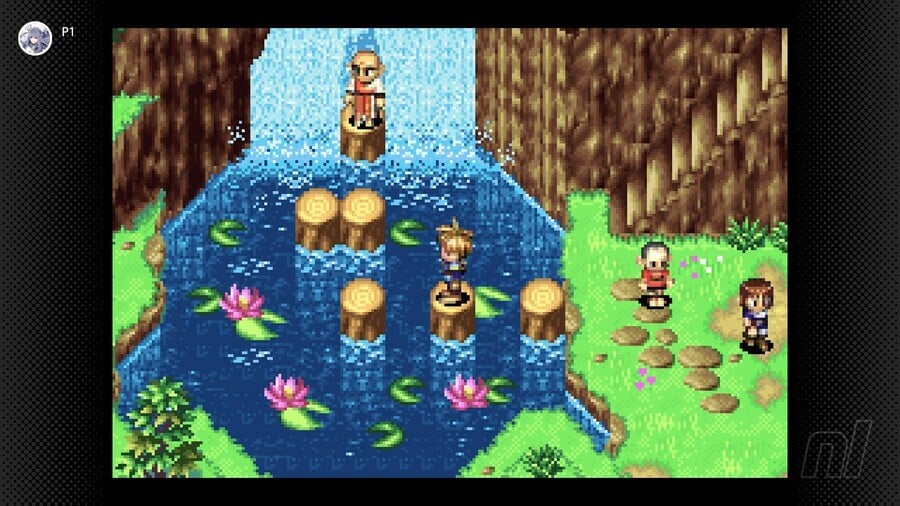
The game never outright tells you how to solve a puzzle, but the way each dungeon and location is set up gives you all of the information you need to progress or get that treasure chest or Djinn. When you go to Mercury Lighthouse and meet Mia, your final party member, you’ll see her using Ply to access the inside of the dungeon. Later on, you’ll reach a statue at the top of a body of water which wants you to honour “the heart of the goddess”. I scrolled through all of my spells, trying to figure out if I could freeze the water, or use Move to move the block in the centre of the water. Turns out, I just had to remember what Mia did earlier in the dungeon and use Ply, and I could walk on water like a “swan”.
Golden Sun might not tell you how to progress, but it’s never vague, and that’s the key.
This happens in towns, too. In Xian, you figure out that you can talk to a lady carrying water to make her spill the contents onto the floor. Then you can freeze that puzzle with Frost to reach a Djinn. Earlier, in Vault, you can scare off a Djinn to an unreachable area, which you can only reach later with the Psynergy Reveal – and by trekking through a mini-dungeon. Progression and discovery are all about talking to characters and paying attention to the skills you pick up. Golden Sun might not tell you how to progress, but it’s never vague, and that’s the key.
This carries over to combat – or, more specifically, the class system. I’d completely forgotten that there was a class system in Golden Sun, and besides a brief tutorial mentioning classes, you’re never really told how to navigate this class system. You can alter a character’s class by equipping certain combinations of Djinn. Giving Jupiter Adept Ivan three Mercury Djinn and three Venus Djinn turns him into a Medium, giving him huge Agility and Psynergy Point boosts and making him an even better mage. Alternatively, three Mercury and three Mars Djinn turn him into a Ranger, with slightly better HP and speed.
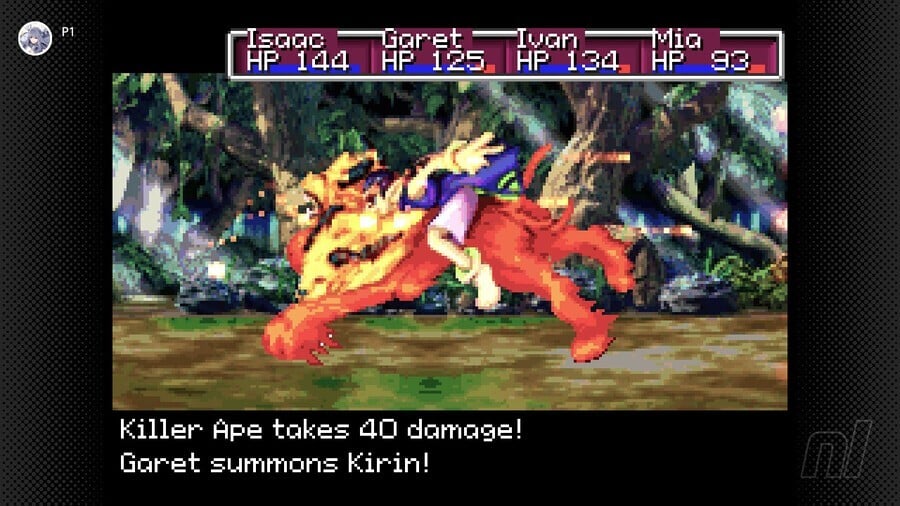
Again, nothing in-game tells you about these class combinations, but because of how simple it is to swap Djinns between characters, you can see what spells you lose and gain as you fiddle around with your Djinn composition. Djinni can also be summoned in battle to use skills themselves at the temporary cost of your stats and (sometimes) class.
Figuring out whether to sacrifice your defense, health, or attack just so you can summon an extremely powerful elemental being by building up elements adds a whole risk-and-reward system to what is otherwise a fairly standard turn-based combat system. Do you go all out and blow all of your stat-boosting Djinns to unleash the almighty Thor on your foes, or simply chip away at the enemy by unleashing lower-level spells and summons on the boss? It allows for a lot of flexibility. And if you really want a challenge, you can just completely ignore Djinns and play through the game like a normal RPG.
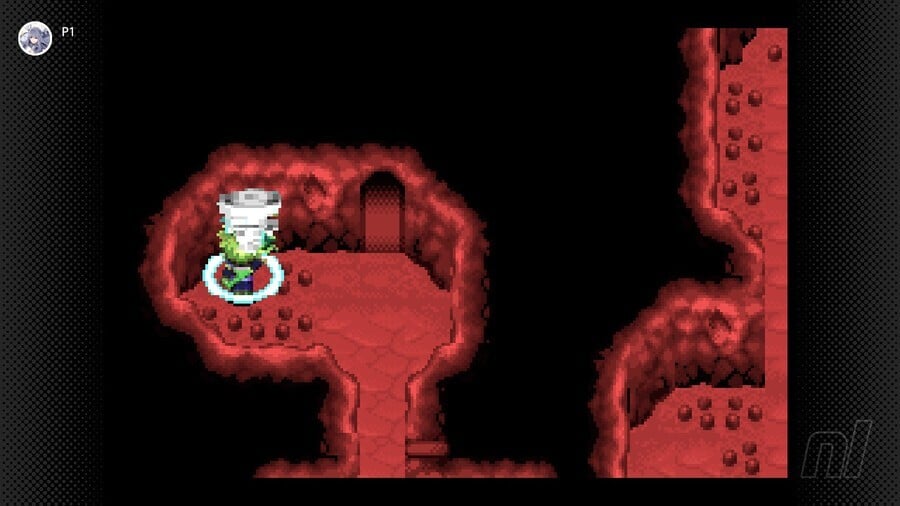
The essence of Golden Sun is so simple on the surface, but dig a bit deeper and you'll find it's a big puzzle box full of exploration, fantastic lore, and surprisingly in-depth systems. You can’t just get by simply by pressing the attack button over and over, and it’s just fun to play with your Psynergy or swap Djinn around to work out the best classes or the right ways to solve a puzzle.
It's so refreshing to play Golden Sun after years of playing through RPGs that drill down into every single system or provide tutorials. Those things are sometimes invaluable, but I'd also been missing the magic of simply just experimenting and figuring stuff out myself. I wasn't receptive to that in 2002, but in 2024, Golden Sun feels fresher than ever.
Have you been playing Golden Sun or The Lost Age on Nintendo Switch Online? How do you feel about it? Let us know in the comments.
